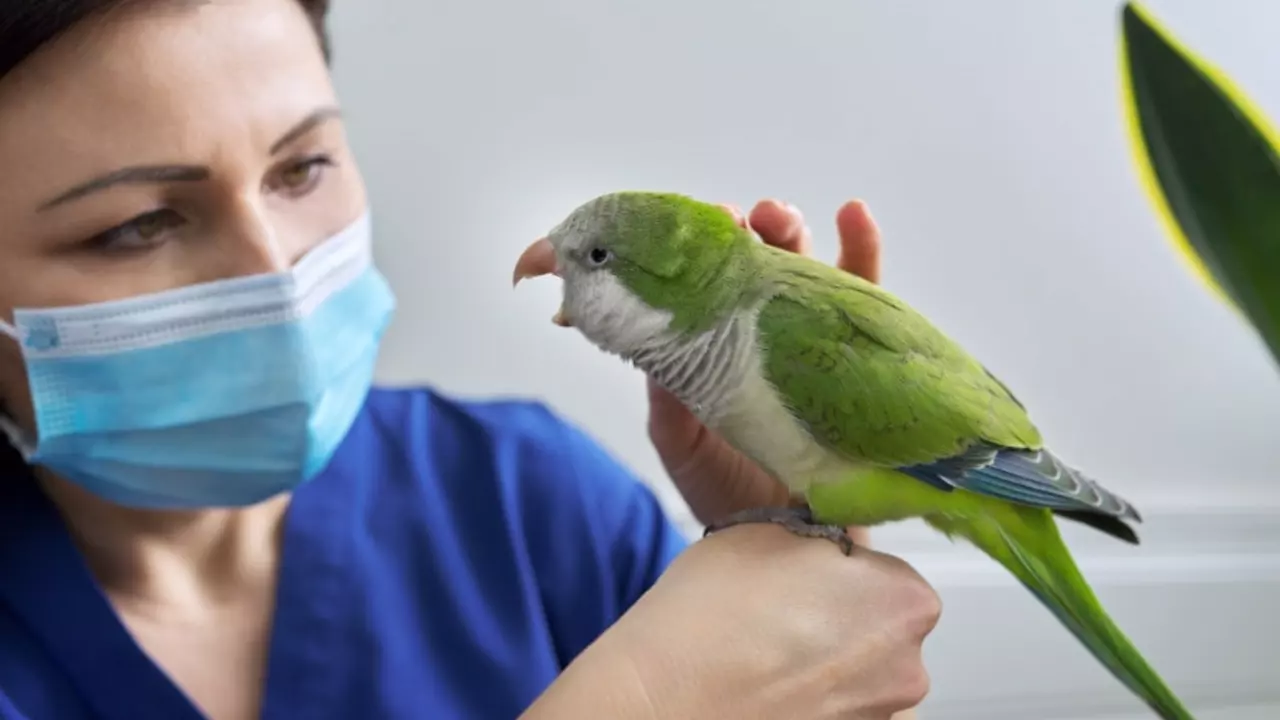Pet Birds Care Guide: Simple Tips for Happy Healthy Aviary Pets
If you’ve ever watched a bright‑feathered friend flit around the living room, you know they bring a lot of joy. But caring for pet birds isn’t just about pretty colors—it's about meeting their basic needs so they stay lively and disease‑free.
Feeding Your Pet Bird
The first thing most owners ask is what to feed. A good rule of thumb: mix a high‑quality seed blend with fresh fruits, veggies, and a bit of pellet food. Seeds alone lack essential nutrients and can lead to obesity. Offer chopped apple, carrot sticks, or leafy greens like kale a few times a week. Remember to wash everything first; pesticide residues can hurt tiny birds.
Water is just as important. Change it daily and keep the bowl clean to prevent bacterial growth. If you notice your bird refusing water, check the temperature—cold water in winter can be off‑putting.
Keeping Your Bird Healthy
Health checks don’t have to be a chore. Spend a few minutes each day watching your bird’s behavior. A happy bird preens, vocalizes, and moves around its cage. Look for signs like fluffed feathers, drooping wings, or changes in droppings—these can signal stress or illness.
Regular grooming keeps feathers in top shape. Trim overgrown nails with a proper bird nail clipper, but don’t overdo it; birds need their claws for perching. A quick misting once a week mimics natural rain and helps keep skin hydrated.
Cage setup matters too. Provide horizontal bars so your bird can climb, plus perches of varying diameters to prevent foot problems. Size matters—give at least 1½ times the bird’s wingspan in each direction; cramped spaces lead to boredom and feather‑plucking.Schedule a vet visit at least once a year for a full check‑up. Avian vets can run blood work, test for common parasites, and give vaccinations if needed.
Lastly, mental stimulation is key. Rotate toys regularly, introduce safe chewables, and spend time talking or singing to your bird. Interactive play prevents anxiety and keeps their brains active.
With the right food, clean water, a spacious cage, and daily attention, your pet bird will thrive for years. Keep these basics in mind and you’ll enjoy the companionship of a vibrant feathered friend without the hassle.

Top 10 Causes of Deplumation in Pet Birds and How to Prevent Them
In today's post, we explored the top 10 causes for feather loss, or deplumation, in pet birds and how to prevent it. We learned that improper diet, parasites, stress, hormonal imbalances, and inadequate grooming can all contribute to this issue. We also discussed how important it is to provide our feathered friends with a balanced diet, regular vet check-ups, and a stress-free environment to help keep their plumage in prime condition. Additionally, we highlighted the importance of recognizing early signs of deplumation to promptly address any potential problems. Remember, prevention is always better than cure, especially when it comes to our beloved pets.